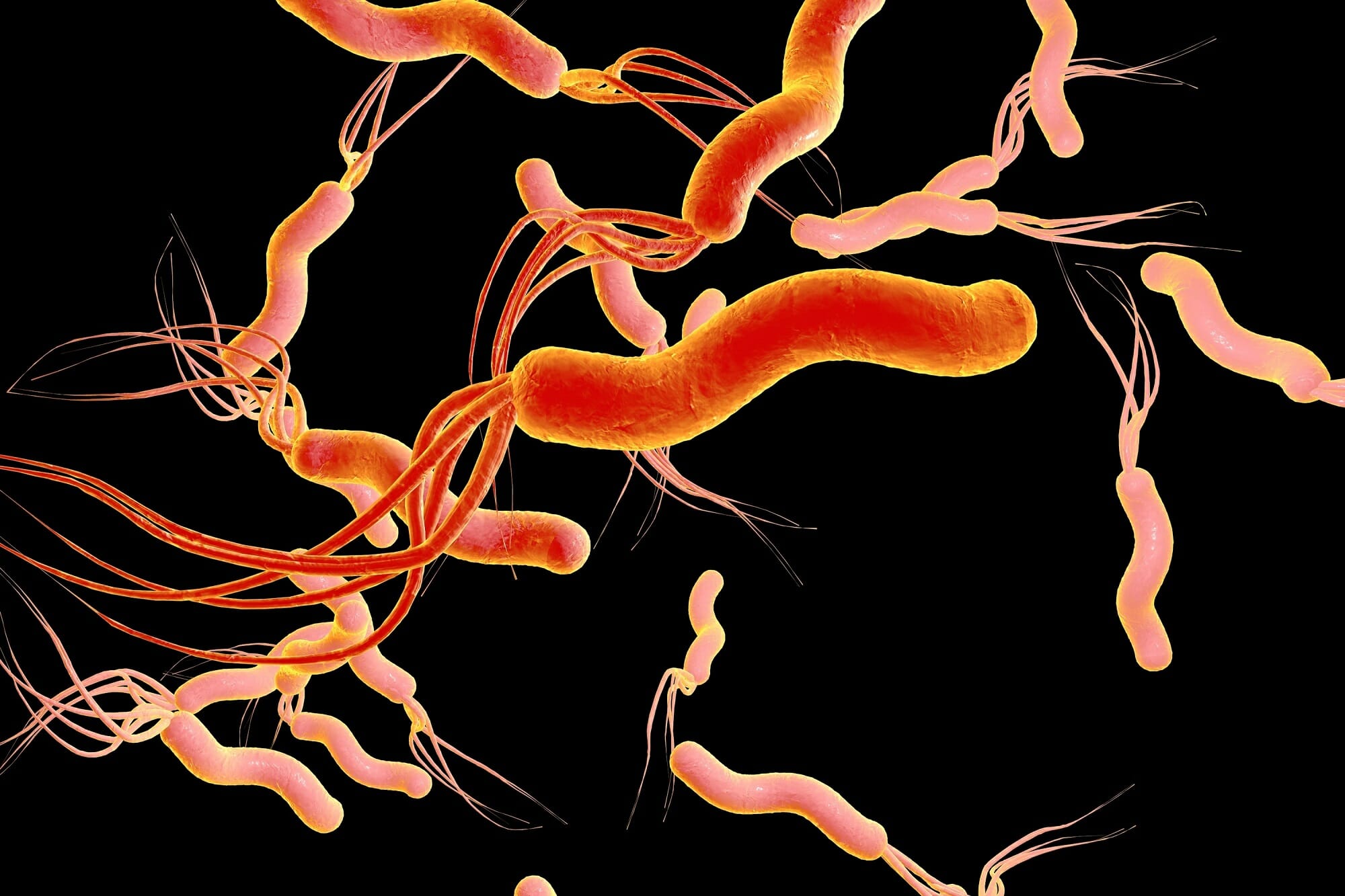Among patients with coronavirus disease 2019 (COVID-19) who experience abdominal pain and diarrhea, there is a significant likelihood of Helicobacter pylori (H pylori) infection, according to the results of a study published in the Journal of Pediatric Gastroenterology and Nutrition.1
It is currently understood that severe acute respiratory syndrome coronavirus-2 (SARS-CoV-2), binds angiotensin-converting enzyme-2 (ACE-2) receptors.2 These receptors are highly expressed in the intestine, suggesting that SARS-CoV-2 infection may lead to gastrointestinal symptoms among patients with COVID-19.
As H pylori increases ACE-2 receptor expression in the gastrointestinal tract, a group of researchers in Turkey conducted an investigation from June 1, 2020, to July 20, 2020 to determine the effects of H pylori on the clinical presentation and course of COVID-19 infections.1
Continue Reading
Patients who were COVID-19 positive, confirmed via polymerase chain reaction, were included in the analysis. Stool samples were collected and the presence of H pylori was determined via antigen screening tests.
A total of 108 patients (mean age, 49.54 years) were included in the analysis: 77 patients tested negative for H pylori infection and 31 patients tested positive. Compared with patients who tested negative, patients with H pylori infection had significantly more frequent abdominal pain (P =.007) and diarrhea (P =.006). However, COVID-19 severity, outcomes of the disease, and the number of hospitalized days were not significantly associated with H pylori infection.
The investigators noted that the association between H pylori infection and abdominal pain and diarrhea in patients with COVID-19 is mediated by ACE-2 receptors. “[T]here is an urgent need for studies investigating the presence of H pylori and the expression of ACE-2 receptors in the lungs and upper respiratory system,” the investigators noted.1
References
- Balamtekin N, Artuk C, Arslan M, Gülşen M. The effect of Helicobacter pylori on the presentation and clinical course of coronavirus disease 2019 infection. JPGN. 2021;72(4):511-513. doi: 10.1097/MPG.0000000000003005
- Lan J, Ge J, Yu J, et al. Structure of the SARS-CoV-2 spike receptor-binding domain bound to the ACE2 receptor. Nature. 2020;581(7807):215–220. doi. 10.1038/s41586-020-2180-5
This article originally appeared on Gastroenterology Advisor

